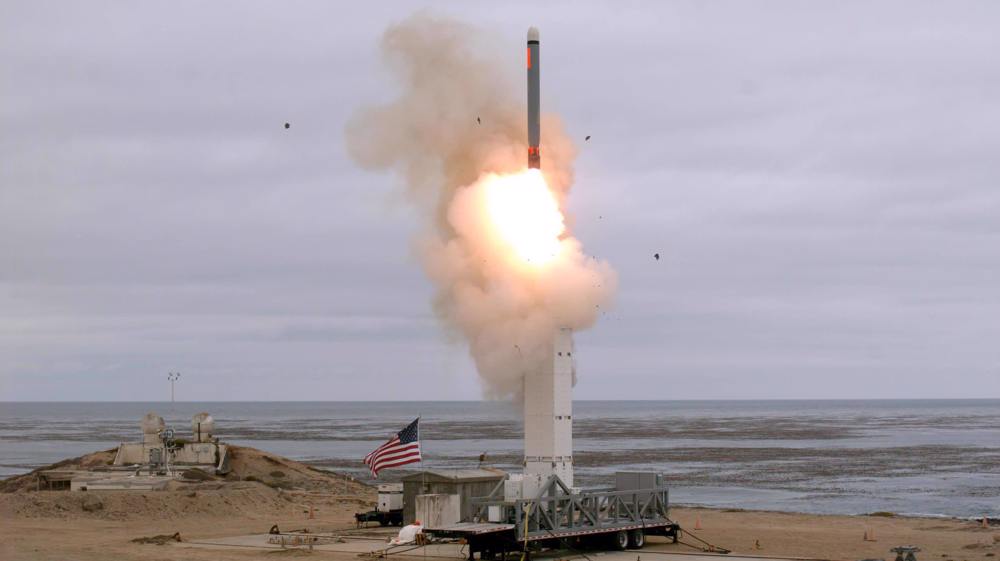Russian military’s new electronic warfare system to impact Europe, US
The Russian military has conducted a sweeping use of electronic suppression systems capable of jamming signals within a radius of up to 5,000 kilometres that covers all of Europe and part of the US, its Navy’s Arctic-based Northern Fleet has confirmed.
“Servicemen of an electronic warfare center of the Northern Fleet conducted a tactical exercise on the territory of the Murmansk region. They worked out the deployment of the Murmansk-BN short-wave communications suppression complex in the Arctic in the area of 100-kilometer,” the fleet’s press service said on Saturday.
The Murmansk-BN is a long-range communications jamming system specially designed to neutralize NATO’s and American high-frequency military satellite communications. It was developed as part of a Russian strategic electronic warfare system and operates as a network-centric capability. The primary target of the jamming network is the West’s High-Frequency Global Communications System (HFGCS).
The electronic warfare system can also be used to conduct radio reconnaissance, intercept and suppress enemy signals throughout the short-wave range and up to 5000-8000 km, added the report by the UAE-based The EurAsian Times.
The tactical exercise – carried out in Russia’s far northwest region of Murmansk -- took 14 hours, during which Russian service members successfully managed to complete “all the assigned tasks,” the report said.
While the current electronic jamming drill was mostly conducted in a relatively small area, experts believe that Russia would be able use the system on a maximum mode within a short period of time, meaning that it could suppress communication of enemy systems even at very long distances.
Experts believe if the Russian military decides to use the Murmansk-BN systems at its full capacity, it can effectively impact entire Europe and parts of the US territory.
Murmansk-BN, which has been undergoing various testing drills in the past four years, can automatically map ongoing activities in its operational area and define measures needed to neutralize threats.
Other jamming devices developed by Russia’s radio-electronic warfare include the Krasukha and Divnomorye systems, which are reportedly able to jam satellite communications, GPS signals, and drone communication.
Upon being targeted by such jamming systems, the enemy finds itself “blind, deaf and without speech,” the report noted.
The deployment of the Murmansk-BN was organized as a tactical exercise, it said, adding that vehicles carrying a full set of telescopic antenna masts and control units drove almost 100 kilometres from its base near Severomorsk to a shuttered airfield where the runway was used to park the trucks and raise the antennas.
The powerful system is deployed at several locations across Russia, though two of them are dedicated to cover the Arctic region while another remains on the Kamchatka Peninsula in the Far East.
The system first became operational in Crimea back in 2014. It was tested in spring of 2019 along with the Krasukha-2 and Krashukha-4, aimed at countering airborne radar systems such as enemy missiles. Together with the complex on Kamchatkha, it could then establish a shield covering the entire Russian Arctic.
Since 2018, the northeastern parts of Norway and Finnish Lapland have reportedly been disturbed by GPS jamming devices, with Norwegian authorities claiming that they were deliberately activated by Russian military electronic warfare units based on the country’s northwestern Kola Peninsula.
Such long-ranged jamming also took place during NATO’s 2018 Trident Juncture exercise in Norway, amid reports that it also jeopardized the safety of civilian services in the Kirkenes area, such as search and rescue units, ambulance planes and passenger aviation at the airports in Norway’s northern region near the Russian border.
VIDEO | 85% of Yemeni displaced people face daily hunger crisis
US House passes bill targeting charities and pro-Palestine groups
VIDEO | Supporting Gaza genocide
Hezbollah attacks Israeli forces after Lebanese homes blown up
World leaders, states hail ICC arrest warrants for Netanyahu, Gallant
MP: US accountable for possible Israeli 'foolishness' to attack Iraq
VIDEO | Israeli policies strangle Palestinian agriculture, economy
Iran's president offers condolences to Pakistan over terrorist attack















 This makes it easy to access the Press TV website
This makes it easy to access the Press TV website